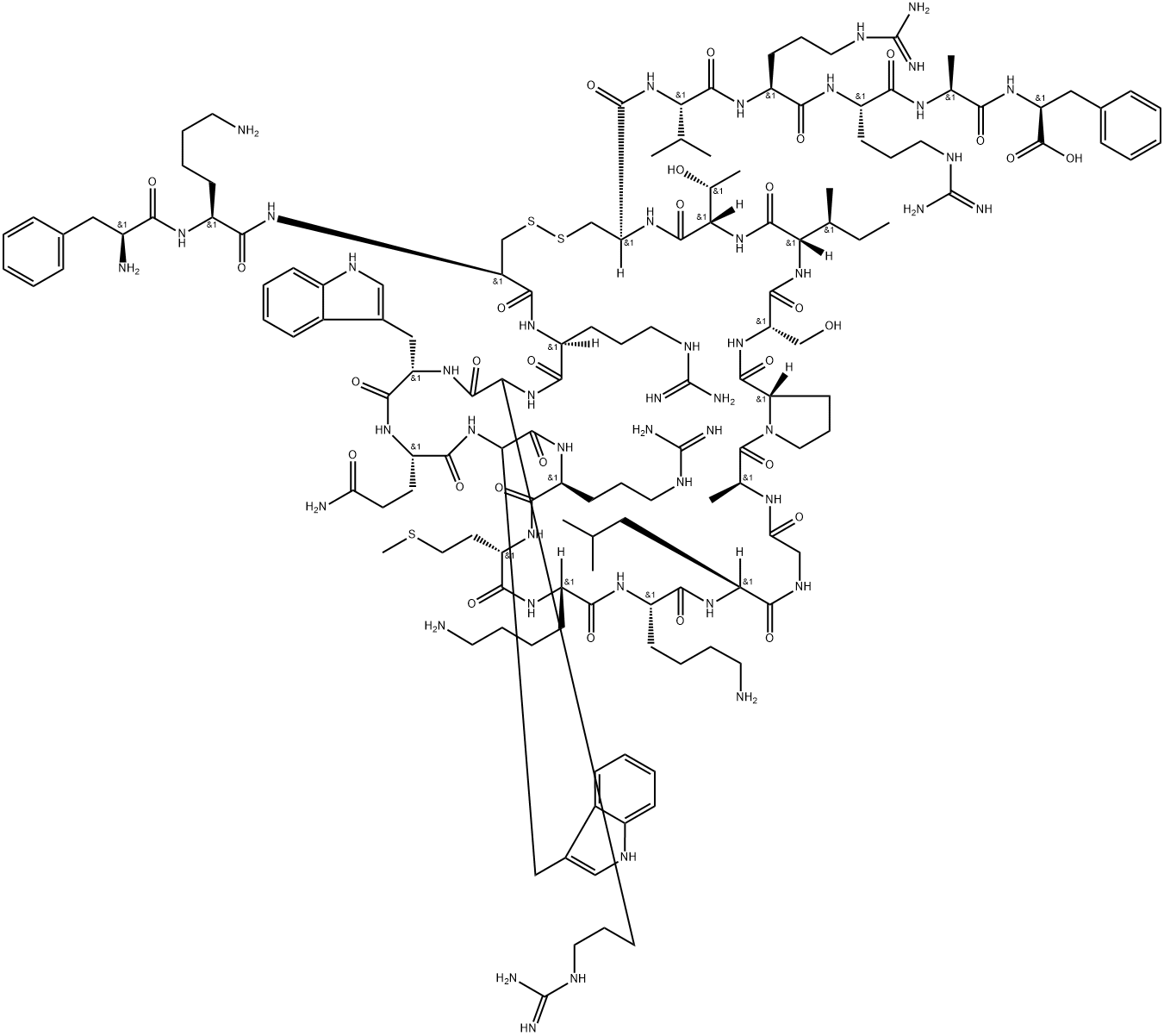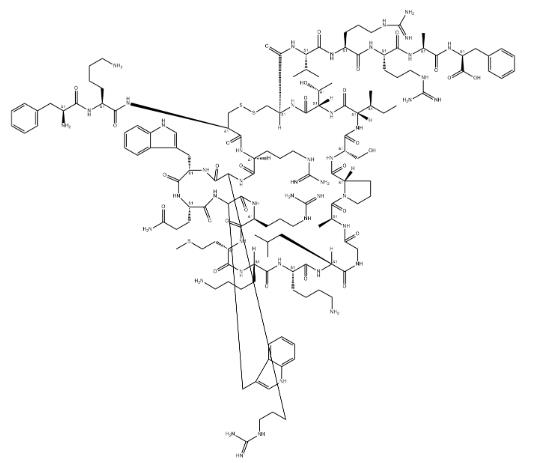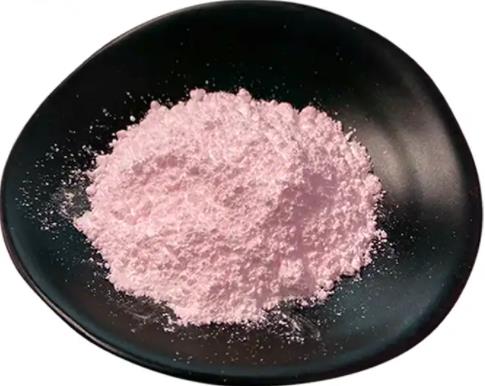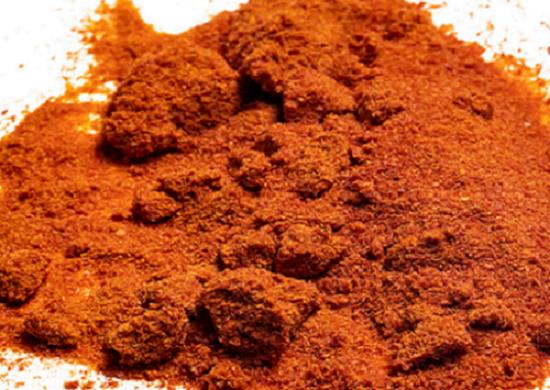Exploring the therapeutic potential of lactoferrin: tissue regeneration, administration routes, and promise in cancer treatment
General Description
Lactoferrin, a versatile glycoprotein, has demonstrated significant potential in tissue and organ regeneration. Research has shown its role in promoting corneal wound healing, maintaining lacrimal gland function, and preventing eye diseases such as keratoconus. It also impacts angiogenesis and has been linked to skin regeneration, wound healing, and hair growth. Lactoferrin can be administered orally, intravenously, or locally, with ongoing research focused on improving delivery methods. Additionally, Lactoferrin shows promise as an alternative cancer treatment, with high bioavailability and selectivity towards cancer cells, making it a valuable component in combination therapies.
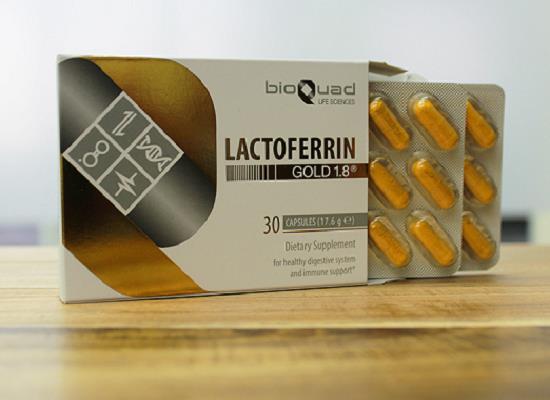
Figure 1. Capsules of lactoferrin
Tissue and organ regeneration
Lactoferrin, a multifunctional glycoprotein, has been shown to play a significant role in tissue and organ regeneration across various physiological contexts. In the context of corneal regeneration, studies by Parramatta et al demonstrated Lactoferrin's ability to regulate inflammatory cytokines, thereby accelerating the corneal wound healing process. Specifically, Lactoferrin treatment reduced levels of IL-1 and stimulated the expression of platelet-derived growth factor and IL-6. Additionally, it was found that the C-lobe of Lactoferrin molecule promoted greater wound healing, suggesting its potential as a novel treatment for corneal lesions with delayed healing. Moreover, Lactoferrin has been associated with maintaining lacrimal gland function, and its deficiency has been linked to the development of eye diseases such as keratoconus. Studies have demonstrated the beneficial effects of Lactoferrin as an antioxidant agent on epithelial cells affected by keratoconus, indicating its potential in preventing the progression of this disease. Furthermore, Lactoferrin-containing contact lenses may be considered as an efficient instrument for this purpose. In the realm of vasculature, Lactoferrin has been shown to impact angiogenesis. Human apo-Lactoferrin was found to upregulate the expression of KDR/Flk-1 receptors, promoting VEGF-induced proliferation and migration of endothelial cells. Conversely, bovine Lactoferrin exhibited an inhibitory effect on VEGF-mediated angiogenesis. These differences in angiogenic effects are attributed to variations in molecular structure and glycosylation patterns across Lactoferrin sources. In the domain of skin regeneration, Lactoferrin has demonstrated its efficacy in promoting wound healing and re-epithelialization. It enhances the migration and proliferation of fibroblasts and keratinocytes, and modulates the early inflammatory phase of wound healing. Clinical trials have indicated its effectiveness in treating chronic ulcers and burn wounds, highlighting its potential for clinical applications. Furthermore, Lactoferrin has shown promise in promoting hair growth and stimulating the proliferation of dermal papilla cells, which are crucial for regulating the growth and cycling of hair follicles. These findings underscore the diverse and impactful role of Lactoferrin in tissue and organ regeneration across various physiological contexts. 1
Administration routes
Lactoferrin can be administered through three primary routes: oral, intravenous, and local. When administered orally, particularly in newborns, Lactoferrin can be absorbed in its native form in the small intestine. However, as the digestive system matures with age, Lactoferrin undergoes nearly complete digestion in adults, limiting its therapeutic benefit. The intravenous injection of Lactoferrin is complicated by its short plasma half-life due to liver clearance, necessitating frequent and prolonged administration to maintain therapeutic concentration in the blood. Finally, embedding Lactoferrin into a scaffold for local administration presents challenges such as burst release, which can be toxic to surrounding cells and lead to their death. To address these challenges, researchers are exploring advanced delivery systems that couple Lactoferrin with other biological compounds to prolong and enhance its beneficial effects for each administration route, aiming to develop more effective and targeted delivery methods. 2
Safety
Lactoferrin has emerged as a potential alternative treatment for cancer, offering several advantages over traditional therapies. Current cancer treatments, such as radiotherapy, chemotherapy, immunotherapy, and surgery, while beneficial, often impact the quality of life for patients. Nutraceuticals, including Lactoferrin, have gained attention as they complement standard therapy due to their abundance, bioavailability, safety, cost-effectiveness, and compatibility with the host's immune system. The oral route of administration makes nutraceuticals, including Lactoferrin, easy to administer and well-tolerated. Lactoferrin, particularly its bovine milk derivative form, shows great potential as an anti-cancer treatment with minimal side effects compared to standard therapies. It exhibits high bioavailability after oral administration and demonstrates selectivity towards cancer cells. Lactoferrin targets various molecular pathways involved in tumor proliferation, survival, migration, invasion, and metastasis. Furthermore, Lactoferrin can induce positive or negative effects on cell cycle progression and migration, depending on whether it acts on normal or cancer cells, respectively. It also enhances the adaptive immune response, preventing cancer development and inhibiting tumor growth. The ability of Lactoferrin to cross the blood-brain barrier makes it a valuable tool for treating brain tumors. Additionally, Lactoferrin can serve as an ideal carrier for chemotherapeutic drugs, making it a promising component of combination therapies for cancer prevention and treatment. 3
Reference
1. Antoshin AA, Shpichka AI, Huang G, Chen K, Lu P, Svistunov AA, Lychagin AV, Lipina MM, Sinelnikov MY, Reshetov IV, Timashev PS. Lactoferrin as a regenerative agent: The old-new panacea? Pharmacol Res. 2021 May;167:105564.
2. Kilic E, Novoselova MV, Lim SH, Pyataev NA, Pinyaev SI, Kulikov OA, Sindeeva OA, Mayorova OA, Murney R, Antipina MN, Haigh B, Sukhorukov GB, Kiryukhin MV. Formulation for Oral Delivery of Lactoferrin Based on Bovine Serum Albumin and Tannic Acid Multilayer Microcapsules. Sci Rep. 2017 Mar 10;7:44159.
3. Cutone A, Rosa L, Ianiro G, Lepanto MS, Bonaccorsi di Patti MC, Valenti P, Musci G. Lactoferrin's Anti-Cancer Properties: Safety, Selectivity, and Wide Range of Action. Biomolecules. 2020 Mar 15;10(3):456.
You may like
Related articles And Qustion
See also
Lastest Price from Lactoferrin manufacturers
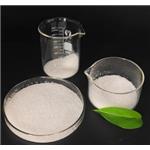
US $1000.00-800.00/kg2025-04-21
- CAS:
- 146897-68-9
- Min. Order:
- 1kg
- Purity:
- 99%
- Supply Ability:
- 5000
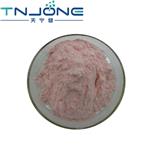
US $0.00/kg2025-04-02
- CAS:
- 146897-68-9
- Min. Order:
- 1kg
- Purity:
- 99%
- Supply Ability:
- 1000kg
